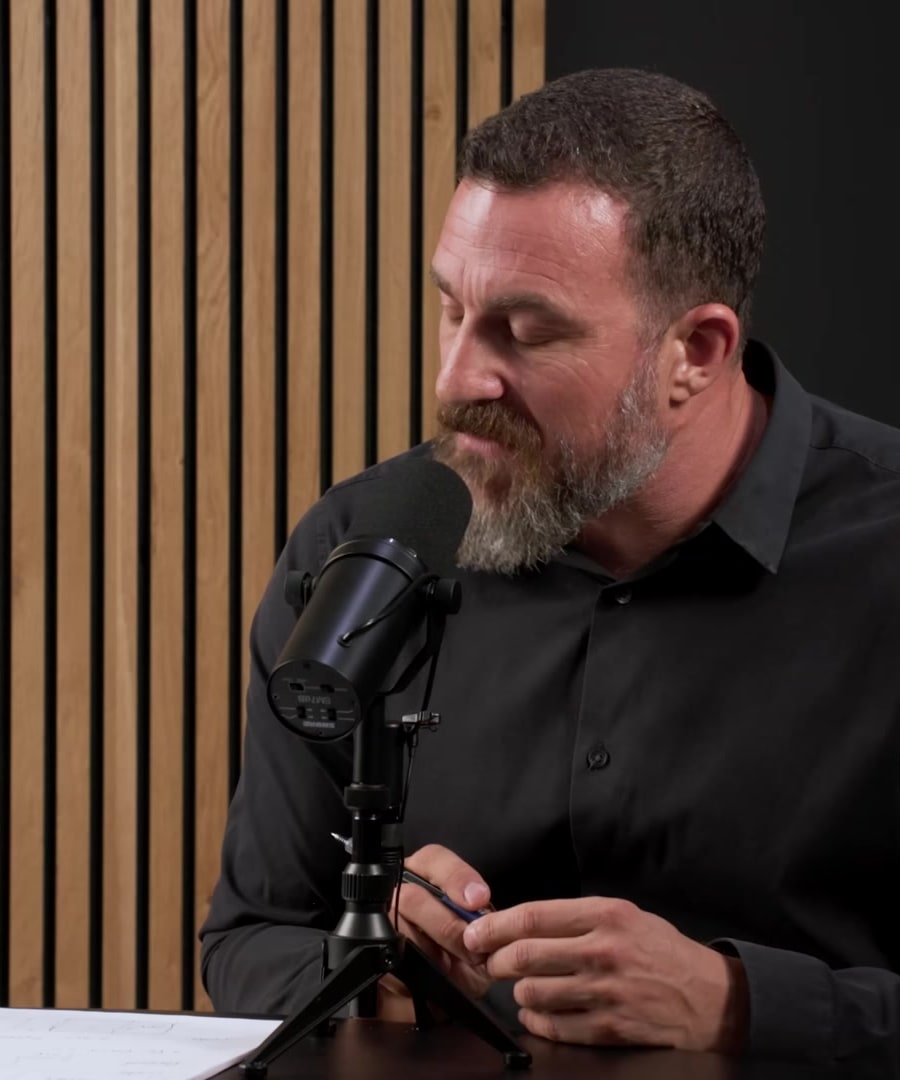An addicted guy to porn is like an addicted Woman to Social Media
Sources:
The comparison between addiction to porn and addiction to social media highlights compelling similarities in their impact on the brain and behavior. Both types of addiction engage the brain's dopamine system, reinforcing behaviors that provide quick, short-term rewards but ultimately lead to diminished satisfaction and a need for more intense stimuli to achieve similar effects.
notes that the rapid availability of porn can lead to a looping cycle where users seek more frequent and intense stimulation to achieve the same dopamine highs, similar to how social media can captivate attention and drain generative energy 1 2. This instant gratification bypasses the natural learning and reward processes meant for real-life interactions and achievements.
Both addictions also create a compulsive need for engagement, often at the expense of meaningful real-world connections and activities. For instance, and compare the mental state of individuals addicted to these stimuli to feeling "scruffed," stressing how these behaviors can dominate their lives despite a lack of genuine pleasure from the activities 3.
Furthermore, social isolation and loneliness are common consequences. With boys often turning to porn and girls to social media as primary sources of interaction and validation, both lead to increased feelings of anxiety and dissatisfaction as real-life social skills and relationships deteriorate 3.
The powerful draw of these stimuli underscores the importance of understanding their addictiveness and managing their usage mindfully.
RELATED QUESTIONSGuys are adicted to porn and Video Games women to Social Media explain
Sources:
Addictions to porn, video games, and social media are influenced by the brain's dopamine system, which drives behaviors through quick, short-term rewards.
Men's Addictions:
-
Porn:
- Men often turn to porn as it engages the brain’s reward pathways, similar to drugs like cocaine or heroin. This repeated exposure to intense stimuli can diminish satisfaction from real-life interactions 1 2.
- The rapid availability and diverse content create a compulsive need for further engagement. Many men reach out in desperation, seeking help to overcome this addiction, indicating it's less about pleasure and more about compulsion 3.
-
Video Games:
- Video games, especially those with high update speeds and novel content, trigger substantial dopamine release, comparable to nicotine or cocaine. This strong stimulation reinforces continued play 4.
- Boys often move their social interactions to online gaming, replacing real-life interactions and leading to loneliness and anxiety 3.
Women's Addictions:
- Social Media:
- Women tend to get addicted to social media due to the relational nature of these platforms. Social media provides constant, rapid feedback and interaction, driving dopamine release and reinforcing usage patterns.
- On average, girls spend more time on social media than boys, which can lead to anxiety, self-critique, and depression, as they are constantly exposed to curated lives and societal pressures 3 5.
Both genders turn to these digital landscapes for easy and constant stimulation, but at the cost of meaningful real-world interactions and skills development. This compulsive behavior is driven by dopamine overshooting and the resulting discomfort when not engaged in these activities. Thus, the core issue lies in the substitution of real-life experiences and developmental activities with digital stimuli, leading to broader societal and personal challenges.
RELATED QUESTIONS-
Summary
Sources:
Men often fall into addiction to porn and video games, while women tend toward social media due to how these activities manipulate the brain's reward system.
Men's Addictions:
- Porn: Regular use heightens dopamine, leading to diminished satisfaction from real-life interactions. The constant, diverse stimuli of porn make it highly addictive, pushing many men into a state of compulsion rather than pleasure 1 2.
- Video Games: Act as a powerful dopamine trigger, akin to nicotine or cocaine, leading to prolonged engagement. This addiction often results in social withdrawal, impacting real-world interactions and overall life satisfaction 3.
Women's Addictions:
- Social Media: Provides rapid, continuous feedback that taps into dopamine pathways. This form of addiction is more about maintaining social status and connectivity. Women often spend more time on social media, which can lead to anxiety, self-critique, and depression due to constant exposure to curated lives and societal pressures 4 2.
These behaviors create a vicious cycle of seeking more digital interaction to cope with discomfort and loneliness, exacerbating the problem.
RELATED QUESTIONS
An addicted guy to porn is like an addicted Woman to Social Media
- RELATED QUESTIONS
Guys are adicted to porn and Video Games women to Social Media explain
- RELATED QUESTIONS
Summary
- RELATED QUESTIONS






